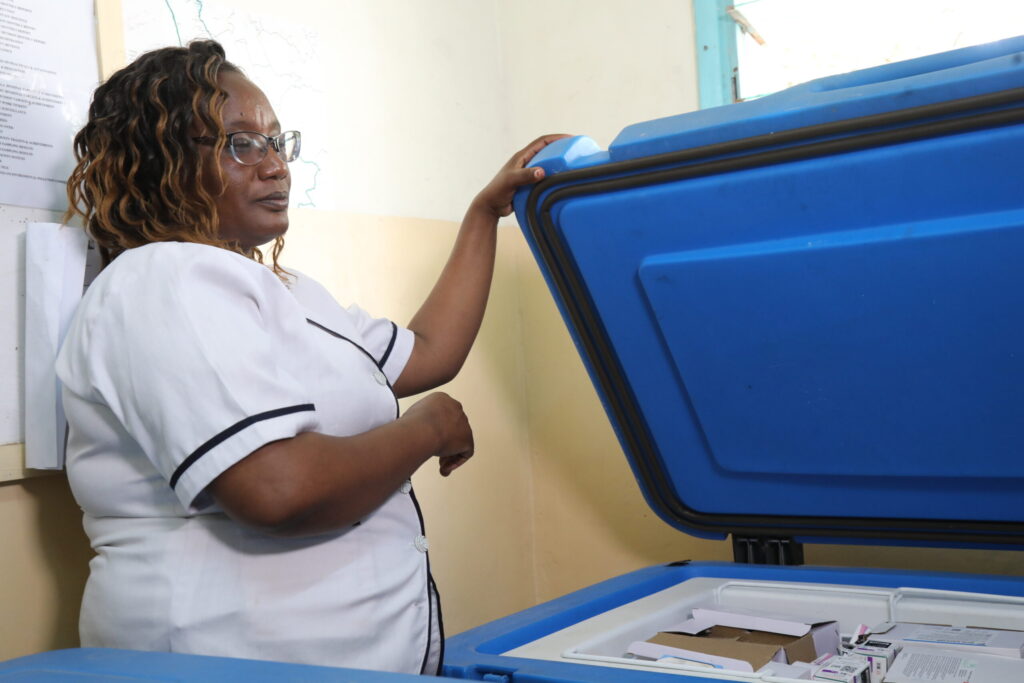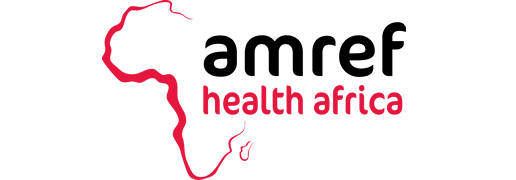Vaccines are classified among COVID-19 preventive measures like handwashing, social distancing, disinfecting commonly shared surfaces and avoiding crowded public spaces. To enhance equity, governments, private sectors and corporate entities have come together to call for vaccine equity, especially for low and middle-income countries. This ensures that no country is left behind or becomes a virus-host.
The vaccination drive is at the centre of ensuring that everyone everywhere has access to the much-needed vaccines. The effort to bridge the vaccine access gap has been at the centre of discussion, especially for Amref Health Africa.
In Kajiado County, COVID-19 vaccine uptake has been reported to be high, with at least 27.4% of people having been vaccinated as of 22nd March 2022 – (Ministry of Health – Kenya). The success is attributed to consistent outreaches, awareness and education on the need for vaccination. However, the progress is hampered by factors such as fear and misinformation which has made a good number of residents shun away from getting vaccinated.
Other challenges affecting the county-based vaccination drive include; Vastness of the region, most communities reside in the interior part of the county with poorly developed infrastructure especially roads and social amenities; high illiteracy level, being a nomadic pastoralist community, education is not so much embraced because of the value placed in raring domestic animals for wealth; inadequate power supply, at least 85% of the county relies on solar power which is not reliable when it comes to vaccines storage, and inadequate water, people prefer to go fetch water at the expense of visiting health facilities to get vaccinated. Other factors include a lack of equipment like laptops and desktops to facilitate timely reporting, and communities walking long distances to health facilities to access the vaccines.
“We are experiencing a big challenge on vaccine storage at the sub-county health facility level. We need more storage space. Our storage equipment is powered by electricity but we don’t have any backup in case there is a power outage, we request an alternative power source to help us when we have power blackouts, “Agnes Telekwa, Nursing Officer.

She added that only two facilities within the county have the standard cold chain facilities – fridges. Other facilities use normal fridges which are not standardized to store the vaccines. We need more cold chain facilities to ensure that the vaccines are kept safely to avoid expiration.
Amref supported us in transportation but since the end of the project in March 2022, there has been a great challenge transporting vaccines from the repository centre in Nairobi to different hospitals across the county. We also have the challenge of accessing internet bundles and smartphones that hampers the registration process before vaccination.
We need to demystify myths and misinformation that negatively affect health-seeking behaviour at the community level. Through awareness programmes (health and behaviour change communication) and outreaches, Amref has helped intensify community sensitisation with the involvement of community health workers and community health volunteers reaching the most interior part of the county to ensure that no one is left behind.
There is an increased need for cooler boxes and vaccine carriers. This will help to ease transportation and safe storage. “If we can get a van and enough fuel, we will solve the transportation challenge. This will further reduce delays witnessed in vaccine delivery to the local communities,” said Agnes.
Through training, Community Health Workers and Volunteers (CHWs and CHVs) are equipped with the necessary knowledge and skills on how to map out highly hit areas, report cases and protect the community from further infection and spread of the virus and other diseases. Despite this great effort, more outreaches are needed because of the vastness of the county. This will ensure that more people come out to get vaccinated, but also seek medical attention. With the above challenges being addressed, the county will realise at least an 80% vaccination rate.
Noah Wekesa W, CA, Digital Media, Amref Health Africa
